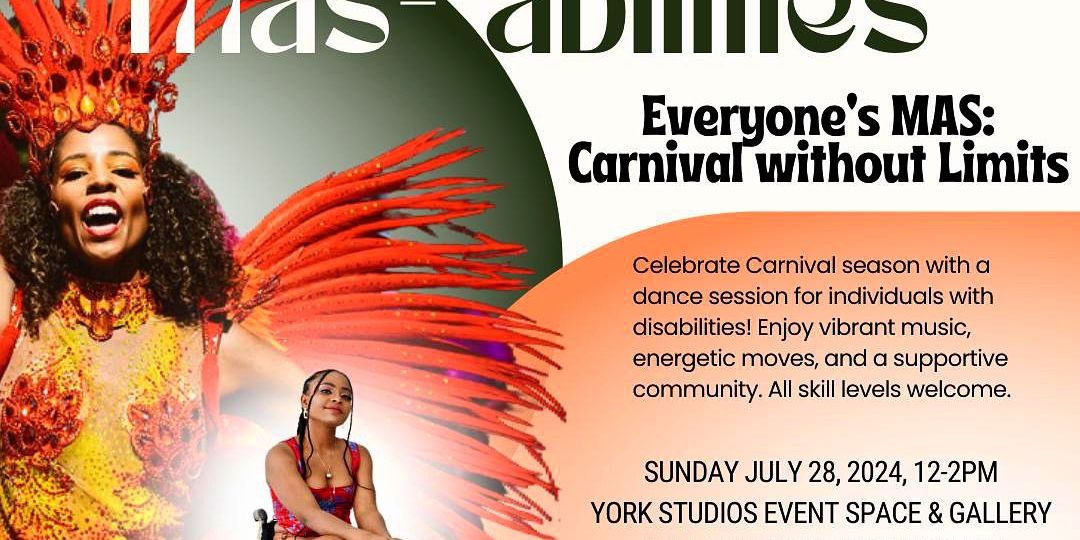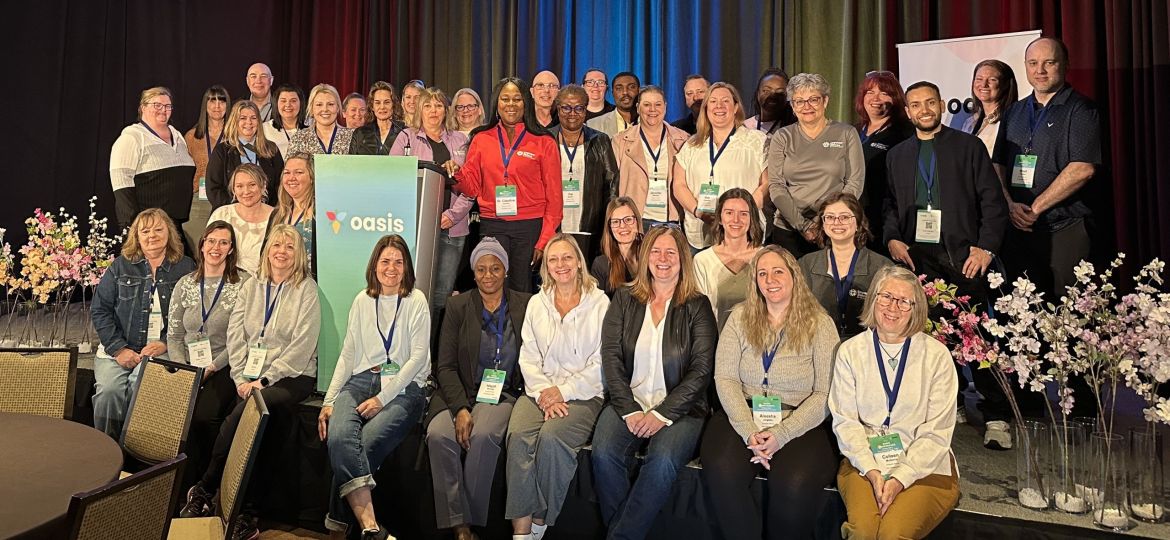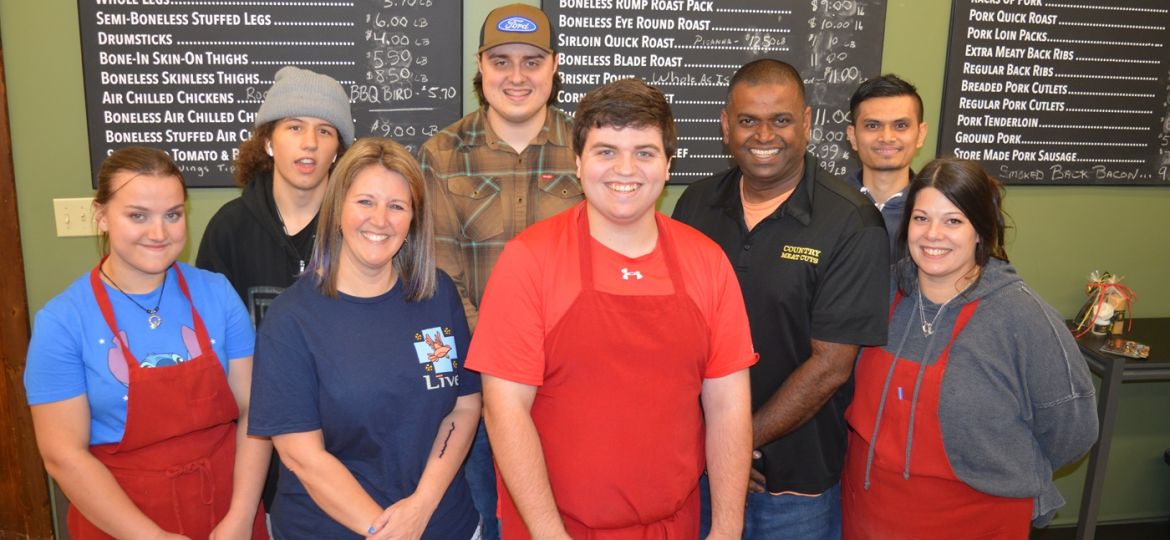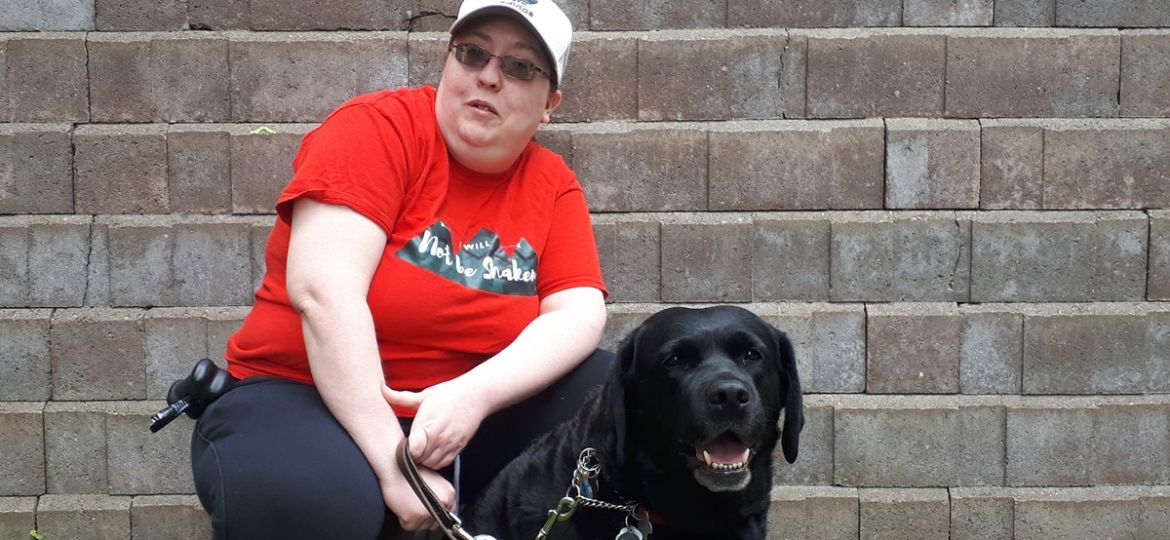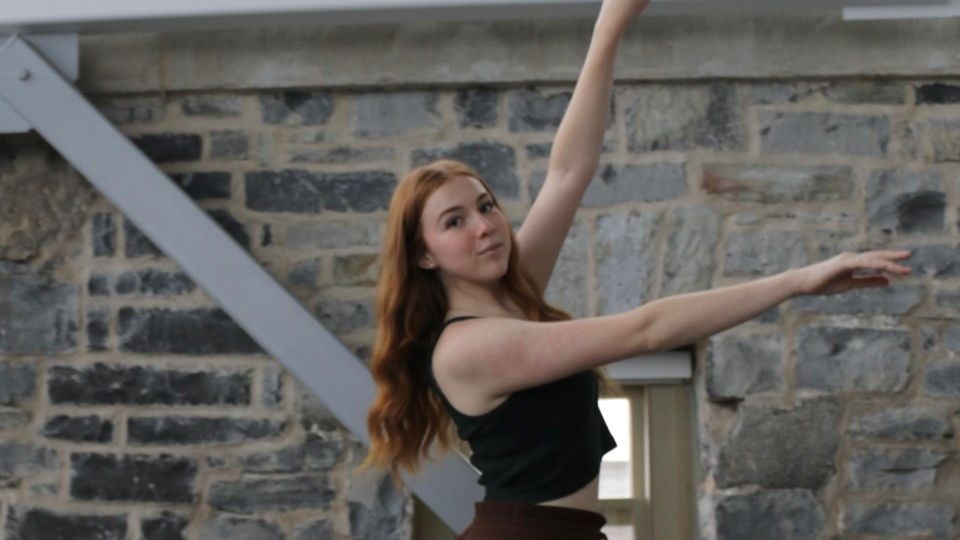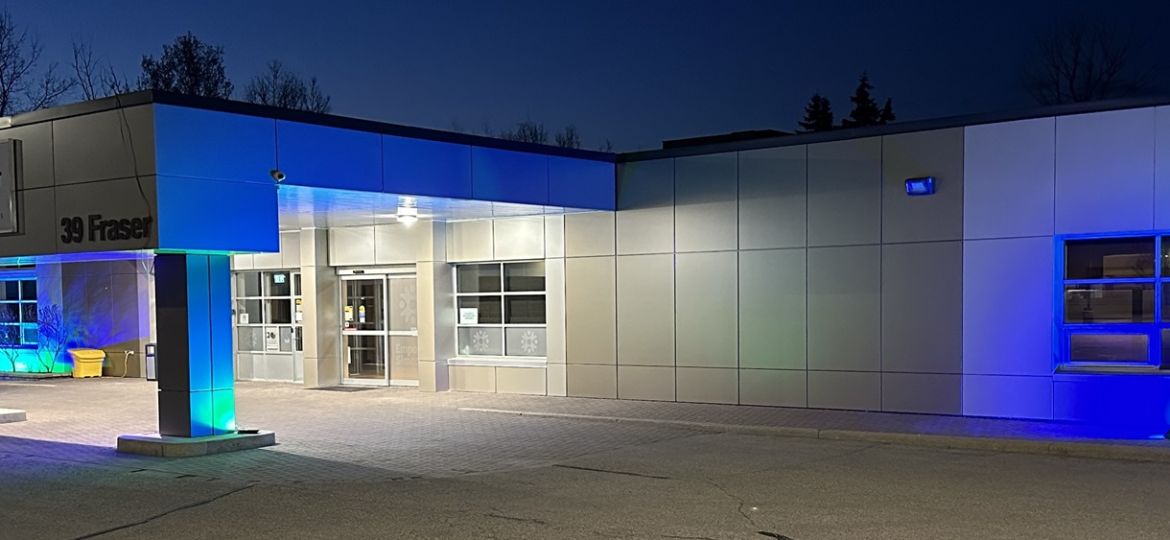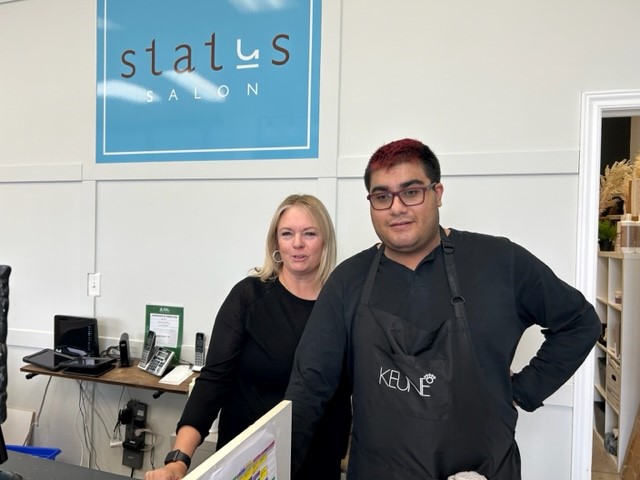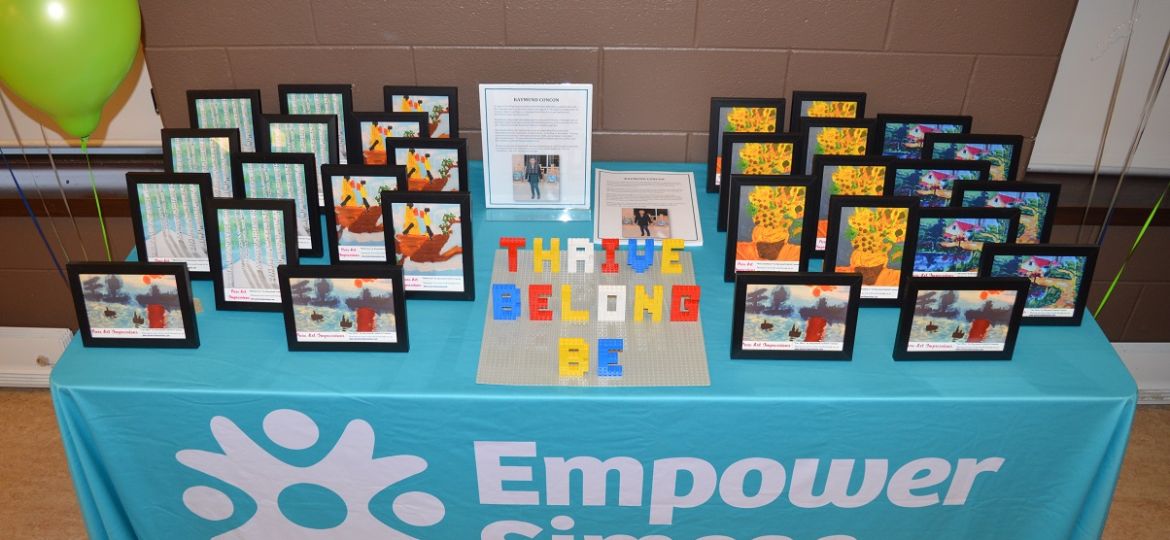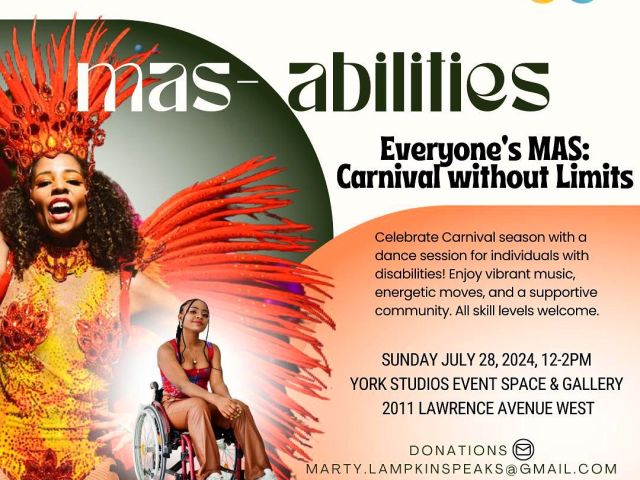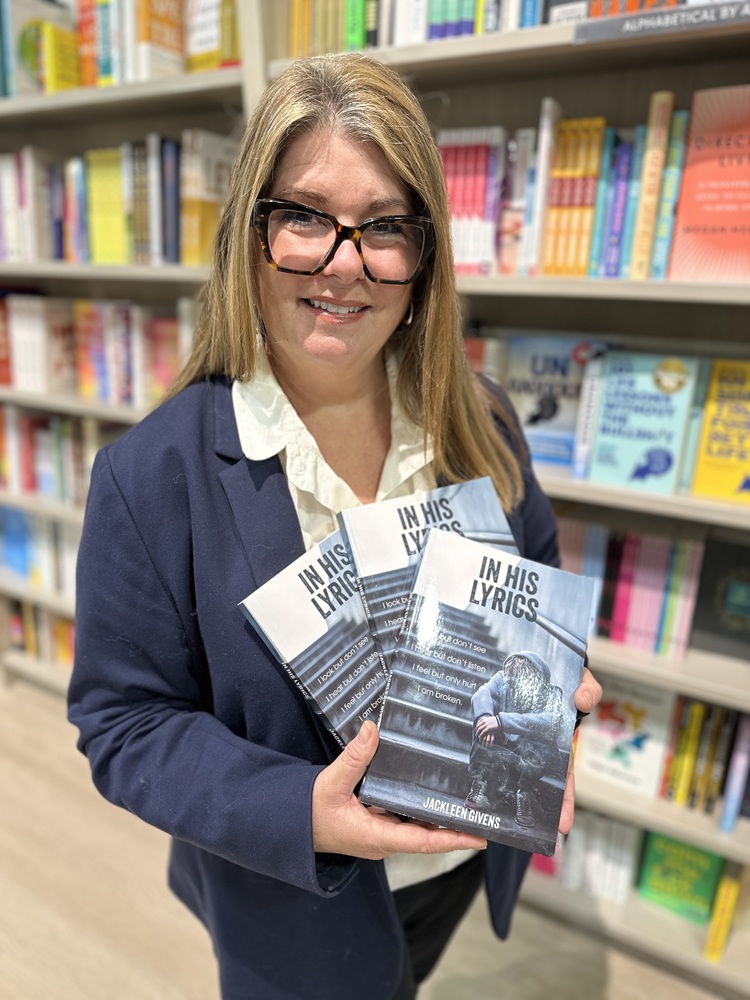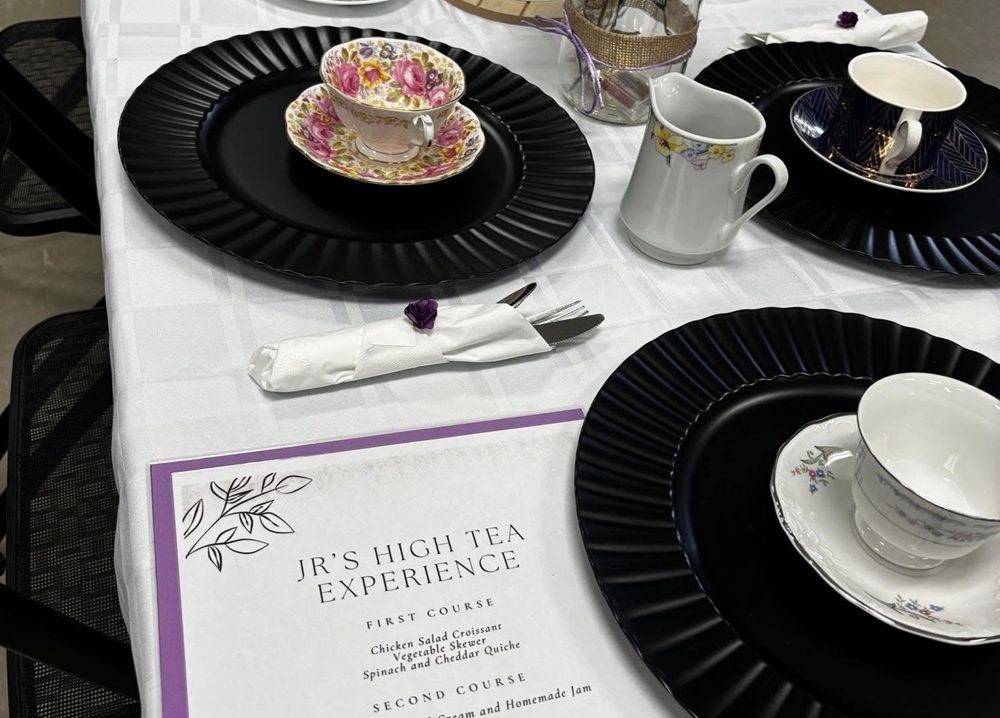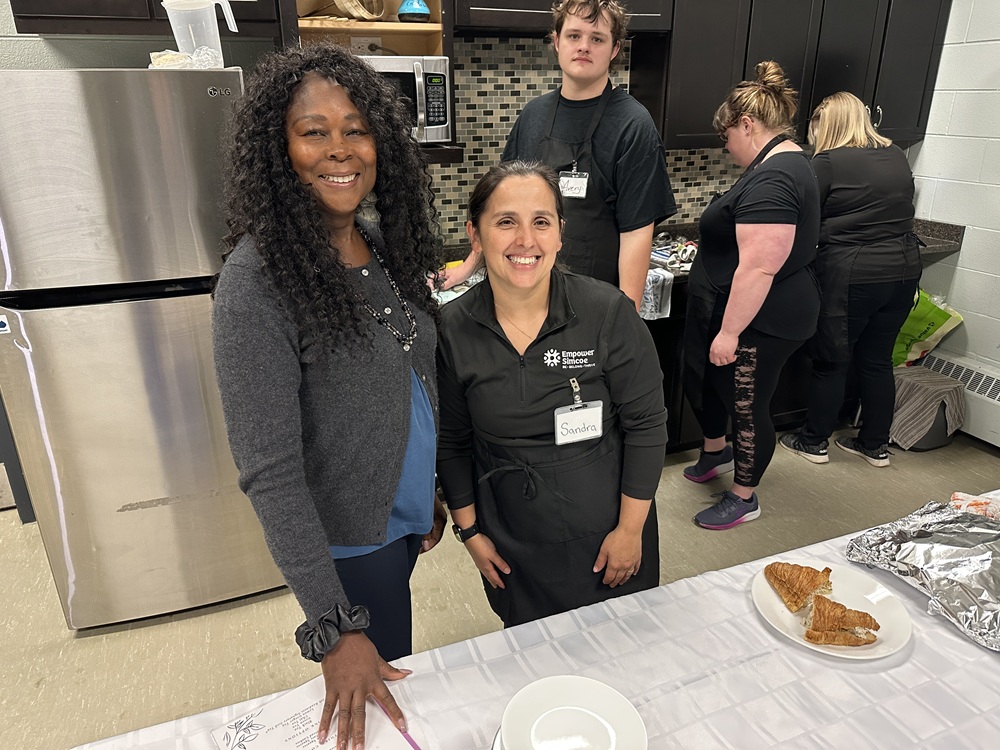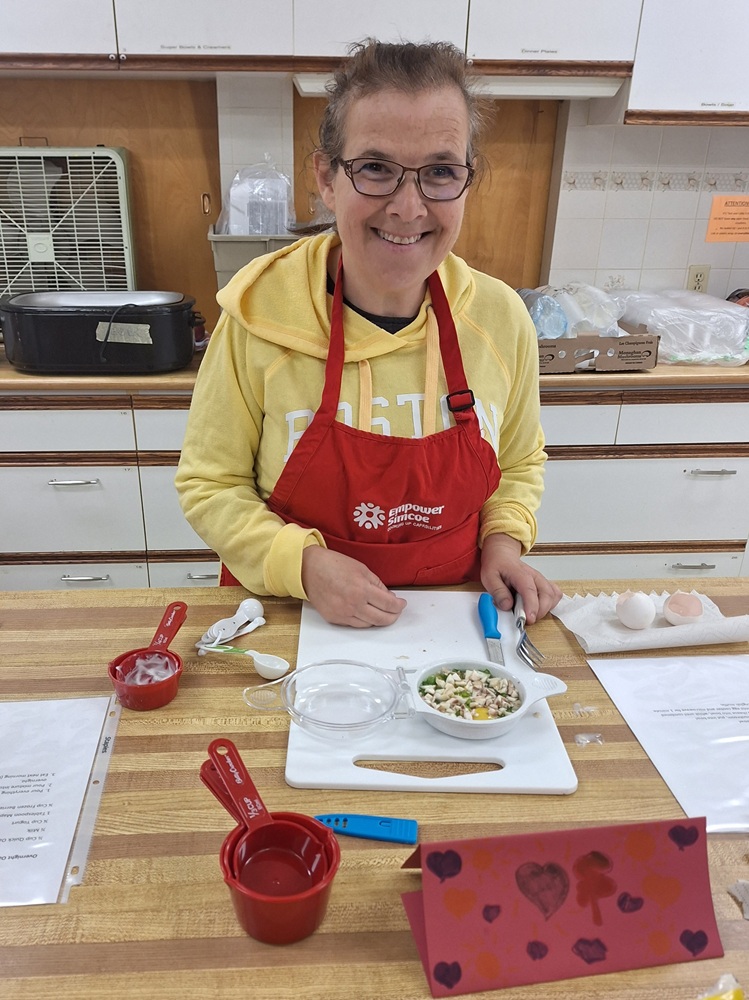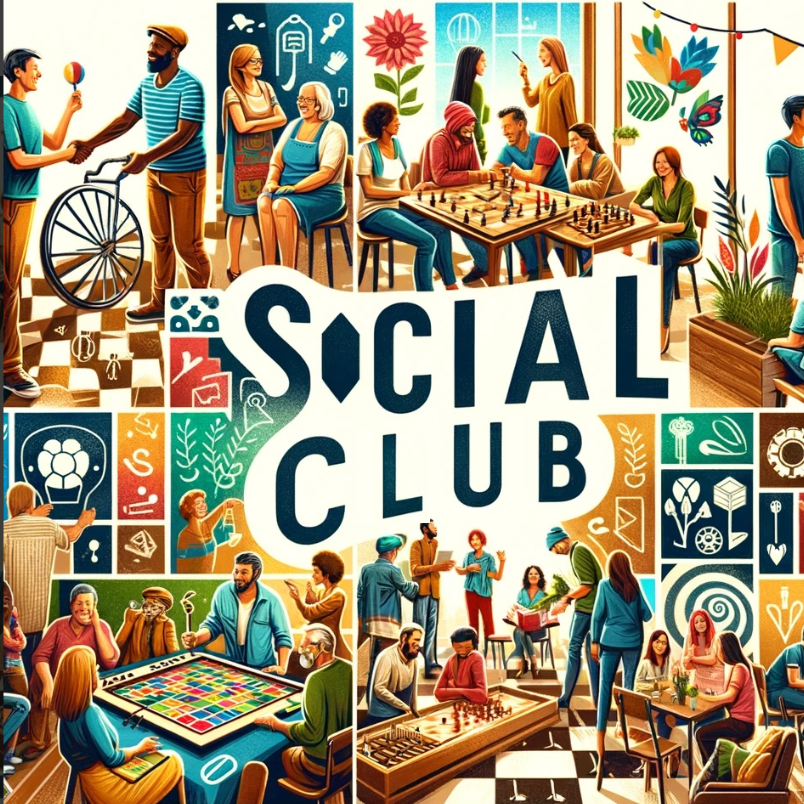Learn your rights and responsibilities as a renter—at no cost As part of the County of Simcoe’s 2025 Week of…
Additional considerations for educators
Assess the type of toys and materials available in your program and consider replacing those that limit exploration (e.g., single-purpose toys) with “open-ended” materials that can be used in many ways (e.g., for infants: objects that encourage exploration of questions such as, “How does this feel, sound, taste, move?”; for toddlers: materials to help them explore questions such as, “What parts does this have? What can I make it do?”; for preschoolers: materials that encourage construction and exploratory questions such as, “How does this go together?” “What can I make?”; for older children: opportunities to encourage representation of their thinking and ideas through various mediums).
Create environments and experiences that support active engagement and meaningful exploration by focusing on the questions and theories children investigate through their play. This may involve moving away from traditional, adult-chosen themes towards what children are engaged and interested in as a starting point for planning. Educators also need to make decisions about the types of interests that have potential for rich and complex play. This could mean focusing less on the objects that interest children and more on what children are doing with the objects: What questions are they asking through their play? What theories are they testing? What are they noticing and attending to? What problems are they solving?
For example, observing a group of children interested in cars, educators noticed that it wasn’t so much the cars children were focused on as more complex questions such as, “How can I make it move?”; “What happens on different surfaces?”; “How can I make it go faster?”; “How can I build a ramp?”; “What other things roll?”; “What might happen if I try these ideas outside?” Exploring questions and theories about “movement” through their play deepens children’s learning and engages them in thinking about physics and mathematical concepts.







